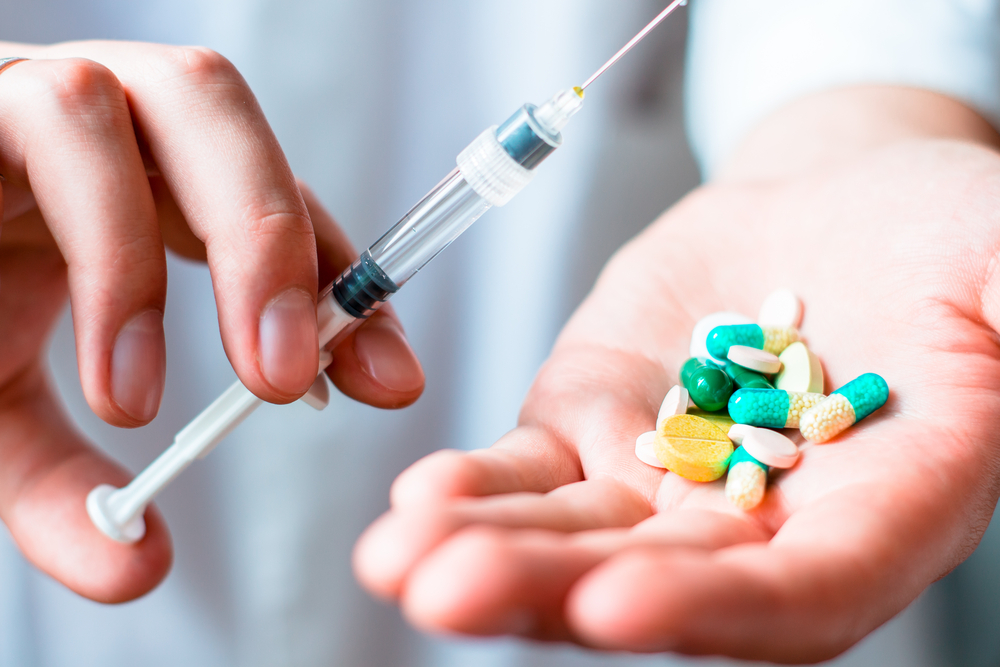Today, it’s the DDP-4 inhibitors! DPP-4 inhibitors can be expensive which may limit their use from time to time. These drugs work to increase the amount of incretin in the body. You can look back at my post on Byetta/Victoza which should be under the diabetes tab on the page to help jog your memory as to what incretin does. Januvia is probably the drug that gets utilized the most because it’s the most familiar and been on the market the longest, but Onglyza (saxagliptin)I’ve seen a few times as well. Januvia needs to be dose adjusted in kidney disease, so that is something to keep in mind especially in the geriatric population. There was a recent FDA report on these drugs regarding pancreatic toxicity – I’m not too familiar with this, and I don’t believe they’ve completed a full investigation yet? It’s important to remember that these drugs can potentially increase the effectiveness of insulin and sulfonylureas(which can be good and bad) so a little closer monitoring for hypoglycemia may be warranted when starting on these drugs.
Januvia & DPP-4 Inhibitors

1 Comment
Submit a Comment Cancel reply
This site uses Akismet to reduce spam. Learn how your comment data is processed.
Written By Eric Christianson


DPP4is are a good substitute for geriatric patients that need diabetes management beyond their metformin or nasal insulin, and/or have had hypoglycemia with or difficulty timing sulfonylureas. In the younger population, however, I am partial to using a GLP-1: more bang for your buck in terms of BG management AND helping with weight loss. I’ve seen a lot of patients over the past year started on a GLP1 and requiring a reduction or discontinuation in insulin. Not to mention the potential for ASCVD risk reduction. I feel like DPP4is are the step sister that we use when we can’t use a GLP1!